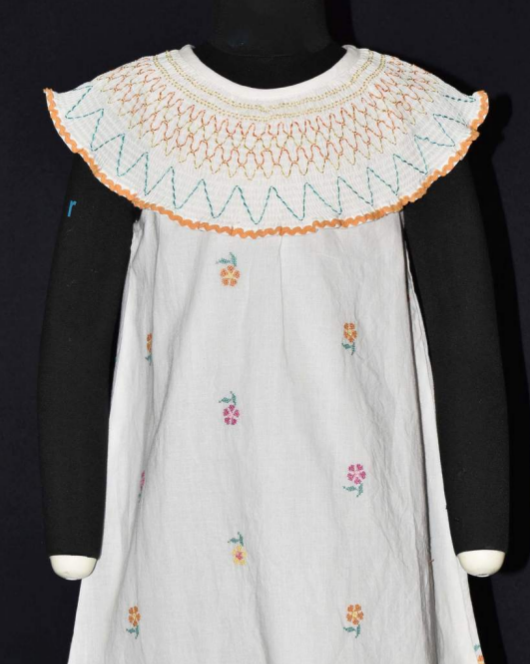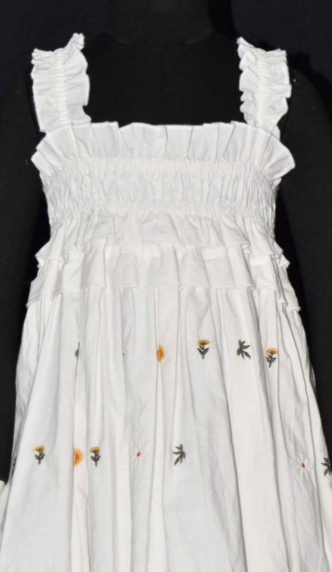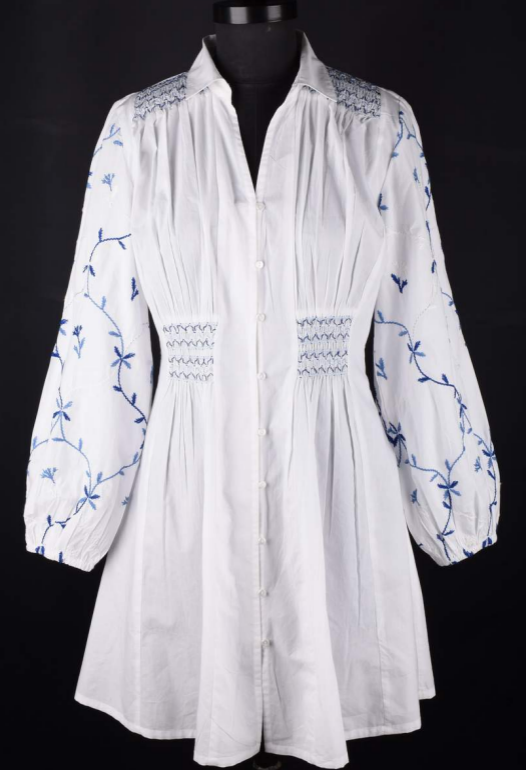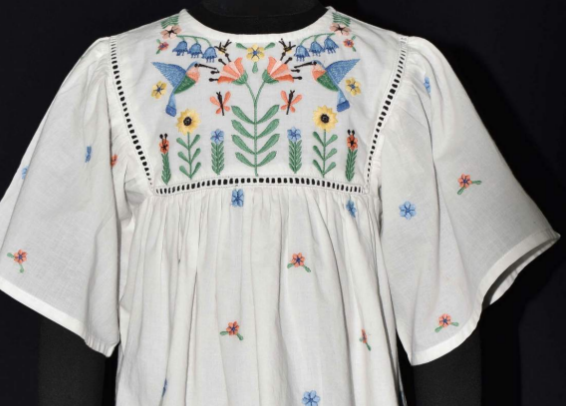Check Out These 4 Simplified Techniques For Creating Garment Patterns

Pattern making is the process of transferring the design into a tangible garment for the first time. It is developed by master artisans who are well-experienced in understanding how to translate a digital or drawn design into reality. Once the pattern is made, it works as a cutting template for future manufacturing of the same garment.
Arguably, it is the most important step of the manufacturing process as it determines the practicality of the garment and whether it will look appropriate to the design in real life. There are a lot of ways used by a manufacturer or export house to make patterns, and to help you simplify the process, here are four simplified techniques for creating patterns used by leading garment manufacturers in India.
4 Garment Manufacturing Techniques To Simplify The Process
-
Draping
Draping is a simple technique that involves draping a piece of cloth directly on a mannequin. The fabric is draped as a dress on the mannequin's body and pinned in specific places to create the desired fit and style of the final garment. This style of pattern-making works best for ladies wear as they are often made from one-piece fabrics. Once the draping is complete, the fabric is used as a template for cutting. This is one of the easiest pattern making techniques and it is widely used in the industry.
-
Printing
Printing is a computer-aided pattern-making process that is the best technology currently used by industry professionals. It involves designing the garment using specialised software. Once the design is complete, the software can send the design to mechanised cutting machines. This type of pattern making allows for automated fabric cutting following the garment design. It also reduces fabric wastage and allows for precise cutting without the risk of human errors. In some cases, the patterns designed on a computer can be printed on paper too.
-
Flat Pattern Making
Flat pattern making involves drafting patterns directly onto cardboard or paper. This type of pattern making is most commonly used for manufacturing ladies wear garments like skirts. The pattern is traced on a flat surface such as cardboard or paper. The tracing is done based on the size and requirements of the garment. Once the tracing is done, the paper or cardboard is cut out to be used as a template for future fabric cutting. This pattern making process is simple and widely used in the Indian apparel manufacturing industry.
-
Pattern Grading
Pattern grading is a specialised process where the pattern can be seamlessly sized up or down without any hassle. This is achieved by using specialised rulers or digitally created using specialised software. The initial process of pattern grading involves making the pattern on flat paper or cardboard and then scaling it up and down based on sizing requirements without any problems. This process is done both manually and digitally as per the requirements. Pattern grading is extensively used by manufacturers who provide a wide range of size selection options.
Conclusion
There you have it, these four simplified techniques for garment pattern creation can help you get started and bring your designs to life efficiently and quickly. To learn more about pattern making or apparel manufacturing in general, check out CheerSagar. They are among the top manufacturers behind the best readymade garments in India.
If you are interested in building your own clothing line or starting a retail business in garments, CheerSagar can help you. CheerSagar offers all types of apparel manufacturing services and functions as an export company in Jaipur. With CheerSagar, you can take your products across six continents without any hassle. Check out the website and contact the team today.
Related Blog
A Look Into Ikat Fabric: Why Is It Growing In Popularity Among US Designers?
Ikat fabric originates from Indonesia. The term ‘ikat’ comes from the Indonesian word ‘mengikat’. It is a traditional dyeing technique...
How UK Brands Can Scale With Low MOQ Clothing Manufacturing | Cheer Sagar
The UK fashion industry is a hub for creativity and innovation, with thousands of boutiques, online labels, and startup designers...
Contract Manufacturing Vs Private Label: Which Model Suits Your Women’s Fashion Brand In The U.S.?
For women’s fashion brands in the U.S., choosing the right manufacturing model is a critical decision. Two popular approaches in...




